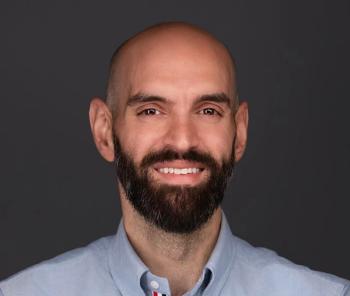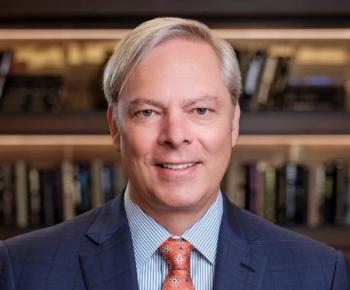
Safety net hospitals suffer steep losses, fear prospect of $8B in Medicaid cuts
A new report by America’s Essential Hospitals sheds more light on the difficult financial environment. The scheduled reduction in a key federal program would make things worse.
The nation’s safety net hospitals have delivered an outsized share of charity care from health systems, and they are paying a price.
A new
The group represents more than 300 safety net providers, who serve a high number of patients with low incomes and patients from minority communities. Those hospitals make up only about 5% of America’s acute-care hospitals, but they provided roughly a quarter (25.2%) of charity care nationwide in 2021, according to the report released Thursday.
Safety net hospitals often operate with modest margins, but their losses grew as they saw more patients in need during the COVID-19 pandemic. In 2021, these safety net hospitals had an average operating margin of -8.6%, compared to -1.4% for other hospitals, the report says. While most nonprofit hospitals have struggled financially during the pandemic, the safety net hospitals say they have fared worse.
Nearly three-quarters of the patients in safety net hospitals were uninsured or relied on Medicare or Medicaid, while more than half of all patients discharged were from underrepresented ethnic or racial groups.
“These data show how the added pressure of the pandemic deepened long-standing financial challenges for our hospitals, including public payer shortfalls and the high uncompensated costs of their safety net mission,” Beth Feldpush, senior vice president of policy and advocacy for America’s Essential Hospitals, said in a statement.
The nation’s safety net hospitals are also deeply worried about the prospect of
A temporary measure has pushed back a scheduled cut until mid-November, but the group says if that reduction takes place, then it would be a body blow for safety net hospitals.
“They simply cannot sustain a cut of that magnitude,” Feldpush said in a statement. “Access to care and lifesaving services will suffer unless Congress acts.”
Over the next four years, the DSH program is slated to be cut by a total of $32 billion, or $8 billion annually.
Bipartisan efforts have emerged to avert the cuts, and lawmakers have stopped scheduled reductions in the past.
A
The new report also illustrates some of the social drivers that force safety net hospitals to provide a great deal of charity care.
More than 14 million lived below the poverty line in the communities served by safety net hospitals, while 10 million lack health insurance and more than 5 million have limited access to healthy foods, the report states.




























































































